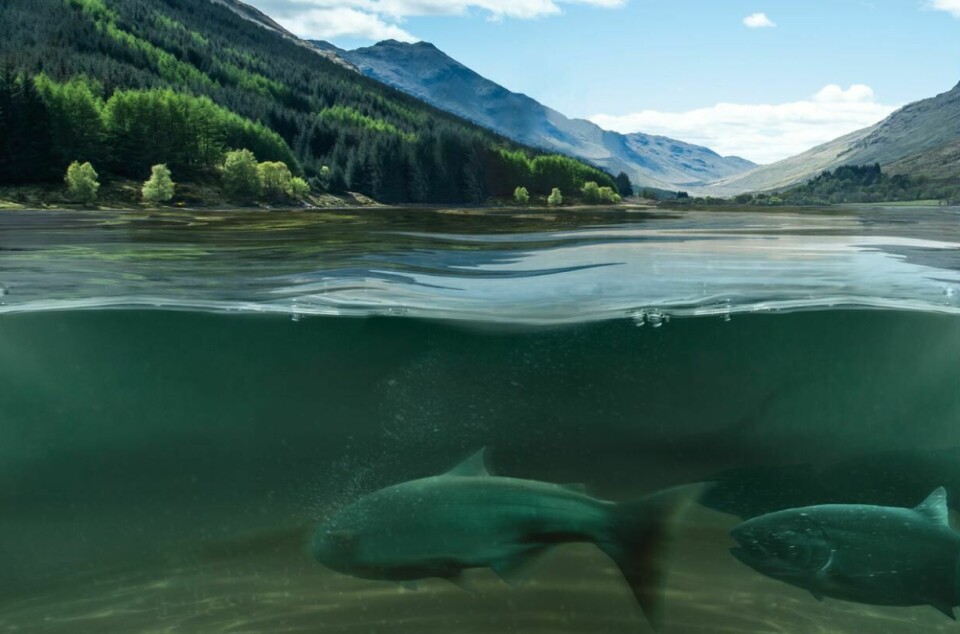
Sea lice framework included in Scotland’s wild fish strategy
Financial penalties for salmon farm escapes also being considered
The continued development and phased implementation of a risk assessment framework for managing the interaction between sea lice from salmon farms and wild salmon and sea trout is included in a newly published Scottish Government strategy to reverse a decline in wild salmonid populations.
The Scottish Environment Protection Agency (SEPA) has already consulted on the framework and is due to produce a further consultation detailing how the framework will operate in practice before implementing the regime.
Other measures related to fish farming in the Wild Salmon Strategy Implementation Plan launched today include the introduction of financial penalties for fish escapes, and a continuation of a national planning policy to not support further salmon and trout open pen fish farm developments on the north and east coasts of Scotland “to safeguard migratory fish species”.
Survival at sea
The Plan was launched by Rural Affairs Secretary Mairi Gougeon at the opening of the salmon fishing season on the River Tweed.
In the Plan, the Scottish Government acknowledges that survival of salmon at sea appears to be a major factor in salmon population trends across the North Atlantic, but adds that “our relative understanding of pressures and ability to take action is greater within river catchments and nearshore coastal environments”.
The Plan covers five priority themes:
1. Improving the condition of rivers
2. Managing recreational angling
3. Understanding and mitigating pressures in marine and coastal environment
4. International collaborations
5. Developing a modernised and fit for purpose policy framework
It includes plans to make improvements to 40 wastewater treatment works and 24 unsatisfactory intermittent sewage discharges; improving flows and levels impacted by hydropower schemes by reviewing licences; and easement or removal of 84 active barriers and 94 historic barriers to allow fish migration.
Stocking policy
The Scottish Government will also publish research on the risks and opportunities of stocking, complete a review of the current stocking policy and adopt a revised stocking policy. Stocking rivers is a controversial topic, with some river managers arguing that hatchery-born fish are not as well adapted to life in the wild.
Ministers will also review the length of fishing seasons on salmon rivers.
All of the proposed actions in the Plan can be seen here.
“It is vital that we act together at home and overseas, using our collective resource, knowledge and expertise to ensure a bright future for this iconic species and the plan, working with a range of partners, addresses the issue with a wide range of actions,” said Gougeon.
“Crucially, it is dynamic and adaptable, so the work to support salmon restoration can be adjusted as we gain greater insight into the challenges and success of mitigating actions.”























































